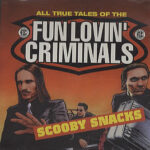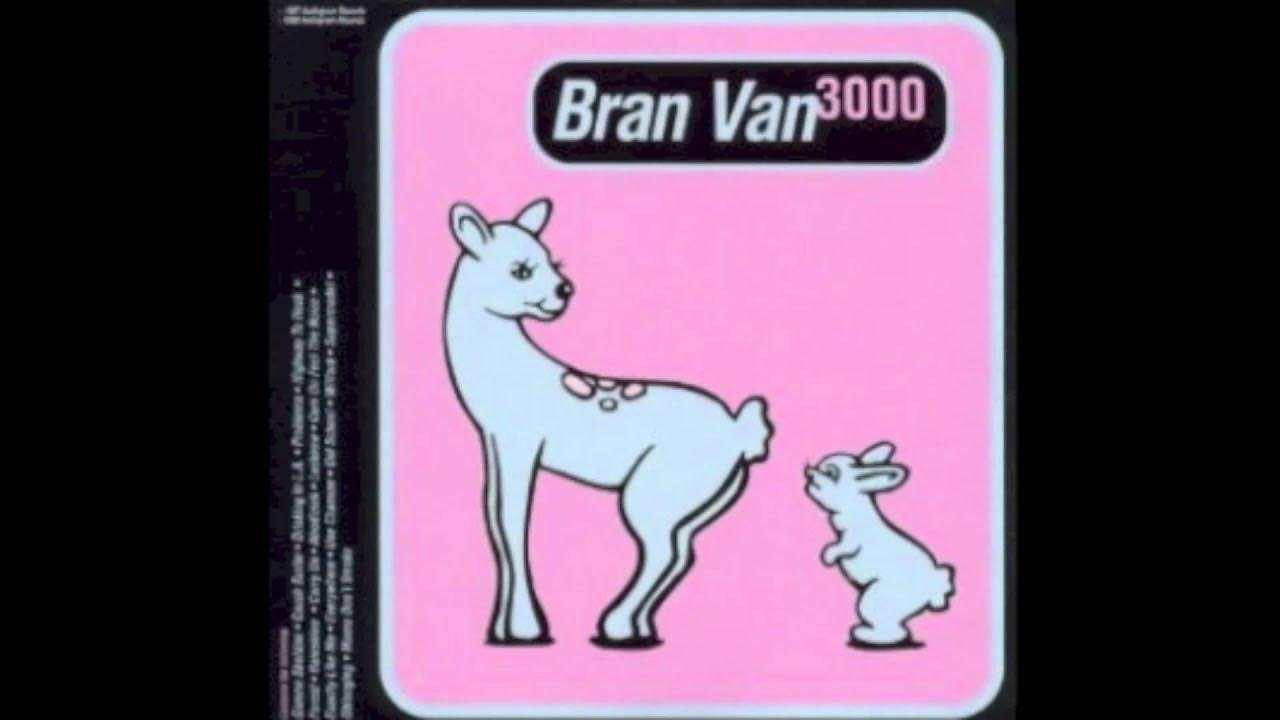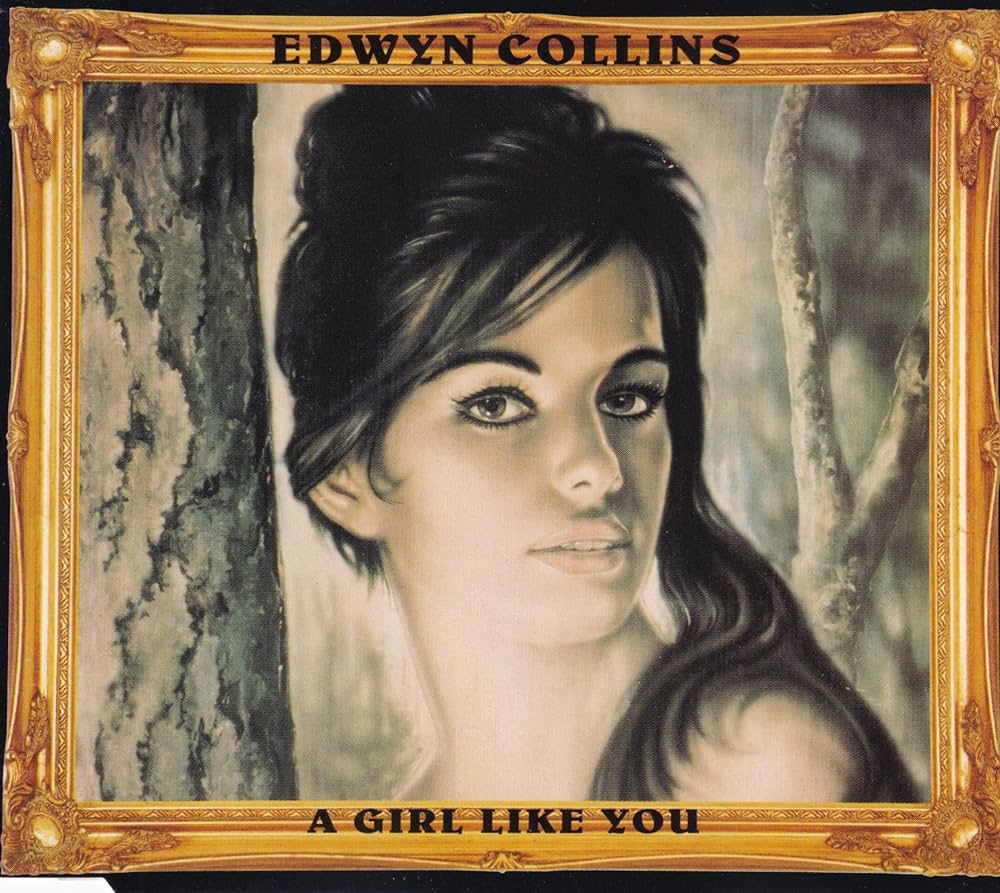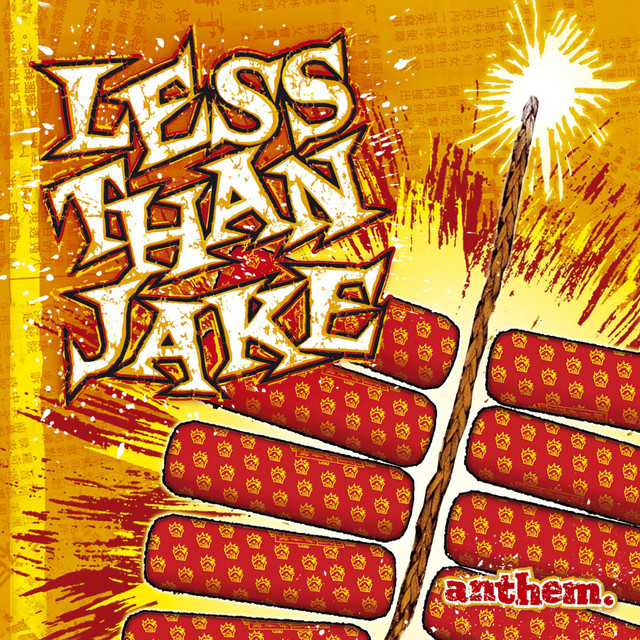 Few songs from the 1990s capture the eclectic, playful, and cinematic energy of urban life quite like Fun Lovin’ Criminals’ “Scooby Snacks.” Released in 1996 as the lead single from their debut album Come Find Yourself, the track became an instant cult classic, fusing hip-hop, rock, funk, and pop sensibilities into a uniquely narrative-driven song. With its witty lyrics, pop culture references, and cinematic sampling of Quentin Tarantino dialogue, “Scooby Snacks” exemplifies the band’s blend of humor, social commentary, and genre-defying musicality.
Few songs from the 1990s capture the eclectic, playful, and cinematic energy of urban life quite like Fun Lovin’ Criminals’ “Scooby Snacks.” Released in 1996 as the lead single from their debut album Come Find Yourself, the track became an instant cult classic, fusing hip-hop, rock, funk, and pop sensibilities into a uniquely narrative-driven song. With its witty lyrics, pop culture references, and cinematic sampling of Quentin Tarantino dialogue, “Scooby Snacks” exemplifies the band’s blend of humor, social commentary, and genre-defying musicality.
This article explores the origins, musicality, lyrics, cultural context, and legacy of “Scooby Snacks”, revealing why it remains one of the most distinctive songs of the 1990s and a defining moment in the Fun Lovin’ Criminals’ career.
Fun Lovin’ Criminals: Origins of a Genre-Defying Band
Formed in New York City in 1993, Fun Lovin’ Criminals consisted of Huey Morgan (vocals, guitar), Brian Leiser (bass, keyboards, trumpet), and Steve Borgovini (drums). The band’s sound defies simple categorization, blending rock, funk, hip-hop, jazz, and blues into a cohesive yet genre-fluid style. They became known for their streetwise lyrics, urban storytelling, and ironic humor, combining musical sophistication with cultural commentary.
By the mid-1990s, New York City’s underground music scene was fertile ground for experimentation. The Fun Lovin’ Criminals emerged as storytellers, chronicling urban life, crime, love, and pop culture through a lens that was simultaneously humorous and reflective. “Scooby Snacks” exemplifies this approach, blending narrative, style, and genre in a way that resonated with both mainstream and alternative audiences.
Writing and Concept
The concept behind “Scooby Snacks” is clever and irreverent. Huey Morgan described the song as a playful story about two friends robbing banks under the influence of diazepam, colloquially referred to as “Scooby Snacks.” The juxtaposition of cartoonish pop culture imagery—borrowed from the Scooby-Doo cartoon—with criminal activity creates a darkly humorous contrast that defines the track’s appeal.
Additionally, the song samples dialogue from Quentin Tarantino’s films, most notably Pulp Fiction, embedding cinematic references that were immediately recognizable to 1990s audiences. This use of Tarantino dialogue not only adds narrative flair but also situates the song within the decade’s broader cultural context, reflecting the era’s fascination with antiheroes, cinematic violence, and pop culture mashups.
Musical Style and Composition
Musically, “Scooby Snacks” is an inventive fusion of hip-hop, funk, and alternative rock. The song opens with a distinctive guitar riff and a syncopated drum groove that immediately establishes a playful yet edgy atmosphere. Brian Leiser’s bassline provides a funky undercurrent, while the trumpet and keyboard flourishes add texture and color.
Huey Morgan’s vocal delivery alternates between rapped verses and melodic, almost spoken-word choruses, emphasizing narrative clarity while maintaining a rhythmic flow. The Tarantino film samples are seamlessly integrated into the track, functioning as both narrative devices and musical punctuations.
The song’s structure is unconventional for a single, with extended instrumental breaks and dynamic shifts, reflecting the band’s willingness to experiment within a radio-friendly format. Its genre-blending approach created a sound that was uniquely Fun Lovin’ Criminals: funky, cinematic, witty, and urban.
Lyrics and Narrative Themes
The lyrics of “Scooby Snacks” are simultaneously playful, ironic, and darkly comedic. The narrative centers on petty criminal activity, influenced by both substance use and urban bravado. Lines like:
“Your hero’s here, let’s jam”
“All we need are some Scooby Snacks and a can of gas”
illustrate the blend of humor and danger that defines the song’s tone. By referencing Scooby-Doo and Tarantino films, the lyrics create a pop culture-infused narrative that balances levity and menace.
Beneath the surface, the song can also be interpreted as commentary on urban malaise, youthful rebellion, and media influence. The whimsical approach masks a more serious engagement with themes of risk, morality, and identity in late-20th-century urban culture. This layering of narrative, humor, and cultural critique contributes to the song’s enduring appeal.
Sampling and Cinematic References
One of the most distinctive aspects of “Scooby Snacks” is its use of cinematic dialogue. The track prominently samples Quentin Tarantino’s voice from Pulp Fiction and Reservoir Dogs, giving it a filmic, almost meta-theatrical quality. These samples function as both storytelling devices and ironic commentary, enhancing the song’s narrative while showcasing the band’s pop culture literacy.
The integration of these samples was innovative for the mid-1990s, predating the widespread use of cinematic sampling in alternative rock and pop music. By merging rock instrumentation with film dialogue and hip-hop-inspired vocal delivery, the Fun Lovin’ Criminals created a multi-layered listening experience that was both immersive and entertaining.
Release and Commercial Performance
Released in 1996 as the lead single from Come Find Yourself, “Scooby Snacks” became an immediate hit, particularly in the UK and Europe. The track peaked at number 22 on the UK Singles Chart and became one of the band’s most recognizable songs internationally.
In the United States, the song received considerable alternative radio airplay, although its offbeat narrative and unconventional structure limited mainstream Top 40 exposure. Despite this, it quickly became a cult favorite, particularly among fans of alternative rock, hip-hop, and funk-infused pop.
Music Video and Visual Presentation
The music video for “Scooby Snacks” reflects the song’s cinematic and ironic sensibilities. Featuring the band in various urban and cinematic settings, the video emphasizes narrative, humor, and pop culture references. Tarantino-inspired motifs, urban landscapes, and playful staging combine to visually represent the song’s quirky, crime-infused narrative.
The video further cemented the song’s identity as a playful, cinematic, and culturally literate track, helping it gain traction on music television channels such as MTV and VH1 during the mid-1990s.
Live Performances and Stage Persona
Live performances of “Scooby Snacks” highlight the Fun Lovin’ Criminals’ charisma, musical tightness, and performative humor. Huey Morgan’s engaging stage presence, combined with the band’s precise instrumentation, turns the song into a theatrical experience.
The inclusion of extended instrumental breaks and improvisational passages allows the band to showcase their musicianship while enhancing the song’s narrative. Audience participation—chants, sing-alongs, and call-and-response—further underscores the song’s enduring popularity as a live anthem.
Cultural Context and 1990s Urban Cool
“Scooby Snacks” is emblematic of 1990s urban cool—a decade defined by genre fusion, pop culture irony, and cinematic influence. The song’s integration of hip-hop beats, rock instrumentation, and film dialogue reflects the era’s eclectic tastes and multimedia awareness.
The track resonates with a sense of postmodern playfulness, where references to cartoons, movies, and urban life coalesce into a cohesive artistic statement. It captures the cultural zeitgeist of mid-1990s New York, reflecting both the city’s gritty urban reality and its thriving creative energy.
Critical Reception
Critics praised “Scooby Snacks” for its originality, wit, and musical sophistication. Reviews highlighted the song’s genre-defying sound, cinematic sampling, and clever lyrics, noting that it represented a fresh approach to alternative rock and hip-hop fusion.
Retrospective assessments often cite the track as a defining example of 1990s alternative music, praising its enduring humor, narrative complexity, and inventive arrangement. It remains one of Fun Lovin’ Criminals’ signature songs, celebrated for both its style and substance.
Musical Analysis and Technical Craftsmanship
From a musical perspective, “Scooby Snacks” is notable for its layered instrumentation and rhythmic complexity. The guitar riffs are funky yet edgy, complementing the syncopated drum patterns and melodic basslines. Horn flourishes and keyboard textures add color and depth, enhancing the song’s cinematic feel.
Huey Morgan’s vocal performance is both rhythmic and narrative-driven, emphasizing clarity of story while maintaining musicality. The careful integration of Tarantino samples demonstrates technical precision, ensuring that the dialogue punctuates rather than overwhelms the arrangement.
The song’s structural innovation—alternating narrative verses, sample interjections, and instrumental breaks—creates a dynamic listening experience that rewards repeated plays.
Legacy and Influence
“Scooby Snacks” has had a lasting impact on both listeners and musicians. Its fusion of rock, funk, hip-hop, and cinematic elements anticipated trends in genre-blending that would become more prominent in the late 1990s and early 2000s.
The song has influenced artists who explore narrative-driven music, cinematic sampling, and genre fusion. Its witty lyrics, cultural references, and playful tone continue to inspire musicians and songwriters seeking to blend humor, storytelling, and musical sophistication.
Additionally, the track has become a staple of 1990s nostalgia playlists and alternative rock retrospectives, reaffirming its place in the canon of defining 1990s songs.
Themes of Humor, Crime, and Pop Culture
At its core, “Scooby Snacks” balances humor with darker themes of crime and misadventure. The playful title and cartoon references contrast with the morally ambiguous criminal activity described in the lyrics, creating tension between levity and seriousness.
The song’s use of pop culture—particularly Tarantino’s films—reflects a self-aware, media-savvy sensibility that was characteristic of 1990s urban music. This blend of humor, crime, and cultural literacy makes the track both entertaining and intellectually engaging.
Cross-Genre Appeal
“Scooby Snacks” resonates with a diverse audience due to its cross-genre appeal. Fans of rock, hip-hop, funk, alternative, and pop can all find elements to enjoy. Its narrative clarity, catchy instrumentation, and pop culture references allow listeners from multiple backgrounds to connect with the track.
This broad appeal has contributed to the song’s longevity, ensuring that it continues to attract new listeners decades after its release.
Conclusion
“Scooby Snacks” by Fun Lovin’ Criminals is a masterful example of 1990s musical ingenuity. Its blend of funk, rock, hip-hop, and cinematic sampling, combined with witty, narrative-driven lyrics, creates a song that is playful, clever, and unforgettable. By merging storytelling, pop culture, and musical sophistication, the band created a track that stands out both within their catalog and in the broader landscape of 1990s music.
Decades after its release, “Scooby Snacks” remains a cult classic and a fan favorite. Its humor, narrative ambition, and genre-blending composition ensure its place as one of the defining songs of its era. With its cinematic references, urban wit, and musical inventiveness, “Scooby Snacks” continues to entertain, inspire, and captivate listeners—proving that the Fun Lovin’ Criminals’ unique approach to music was ahead of its time and remains timeless.


